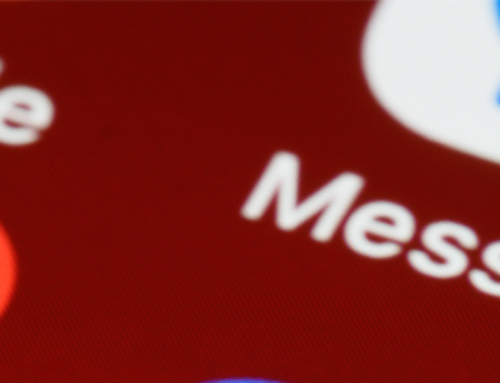Using eLearning In The Healthcare Industry
The Healthcare industry is a serious one when it comes to helping patients recover from and prevent illnesses and diseases. The best way to help them is by learning as much as possible about the causes, symptoms, and prognoses of them. Since spending time in classrooms takes away from caring for patients, eLearning offers a beneficial way for healthcare professionals to stay abreast of the latest developments in diagnoses and treatments. The following are 5 additional benefits of eLearning in the Healthcare industry.
- eLearning Can Happen Anywhere.
One of the reasons many healthcare professionals do not receive the continued education they need is because of the accessibility of it. After working all day, and for some all night, it can make it impossible to attend classes. Not to mention the unpredictable schedule. With eLearning, healthcare professionals can study in the office, at home, or even on the train. eLearning is mobile, which means it can be accessed with a laptop, tablet, or a smartphone as long as the user has an internet connection. Review the course materials anytime you need them, even print them out, and progress through the course wherever and whenever. - It May Be More Effective Than Traditional Learning.
Many people are sceptical about eLearning because it allows people to learn from wherever they want. This makes it seems as though it’s easy, or there isn’t as much information being delivered through this medium. In addition, some people believe eLearning takes away from the some of the discussion benefits that are often gained inside of a classroom setting. While these are good points, it seems as though they are not valid. A report commissioned by the World Health Organization finds that eLearning for healthcare professionals is just as or more effective than traditional learning environments. This is most likely due to the abundance of features that eLearning systems contain. They offer videos, audios, text, worksheets, and even discussion boards for users to come together and bring up ideas concerning the topics. This can take the place of the benefits of student interactions in a classroom setting. - It’s Less Expensive Than Traditional Training Methods.
The costs for traditional training methods are incredibly expensive. The trainer must be paid, and learning materials and the location where the training takes place can end up costing healthcare facilities thousands of dollars. Not to mention the lack of productivity that occurs when professionals must spend a day or more away from patient care. eLearning is much less expensive because there’s no need to pay a trainer. Learning materials are already possessed by users with a desktop, laptop, tablet, or smartphone. There is no need to reserve a training center, and professionals can learn whenever they are not caring for patients. This means that they end up keeping their productivity up, while getting the important education they need to provide quality care to their patients. - It Provides A Resource.
An eLearning system provides a database for healthcare professionals to turn to when they have questions. They may have remembered that they read something about the topic in one of the modules, but not remember the details of it. Within minutes, they can log into the system, go to the module and find the answers they need. Most eLearning systems also have search engines that can be used to find information. This can sometimes make the process of finding what is needed easier. Some healthcare facilities will add a section into their eLearning system with updates on any information users have already learned. Alternatively, they use it to let users know of important news concerning the facility. It turns into a type of message board, which makes using the eLearning system dual purpose. - Conducive To All Types Of Learners.
Some people are visual learners, while other learn best by reading or listening. eLearning systems include videos, images, audio files, and text to present information. This can be a great help to users who don’t learn well in classrooms because of the limiting nature of lectures with few images and videos. In addition, some learners need to take breaks often to absorb information, or they need to learn at a slower pace than others. With eLearning users can take their time learning the information. They don’t have to feel rushed and they also don’t have to wait for others when they are ready to move on to the next module. This can be a great help to the healthcare industry because learners need to be certain they are absorbing the information provided in training. If not, they increase the risk of not properly caring for patients because of the lack of accurate information.
As you can see, eLearning is a valuable option when it comes to continued education for healthcare professionals. As you’re thinking of how to best help your workers, consider an eLearning system. Once it is set up, it’s the best way to keep your medical staff educated, knowledgeable, and skilled to provide the best quality care to patients.





